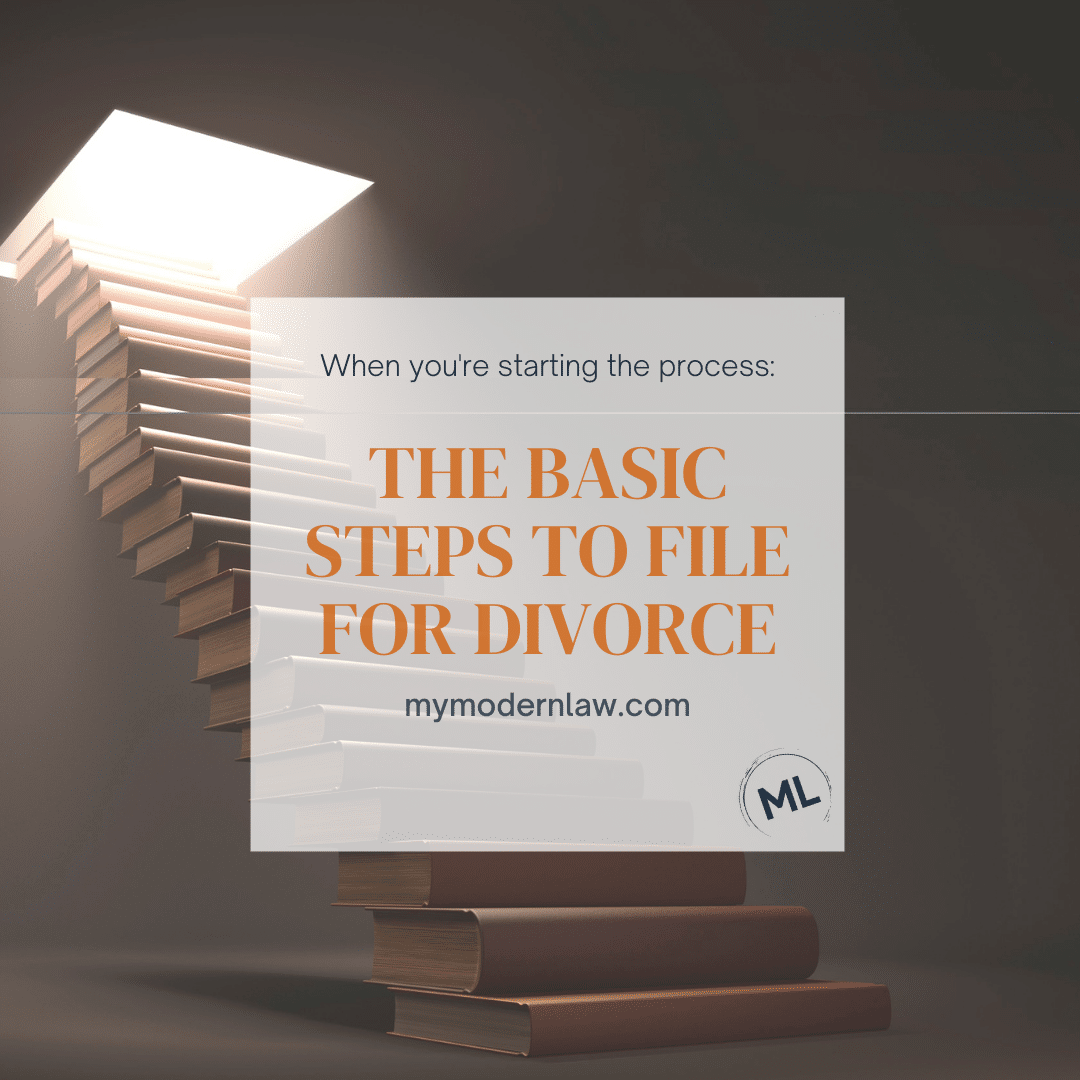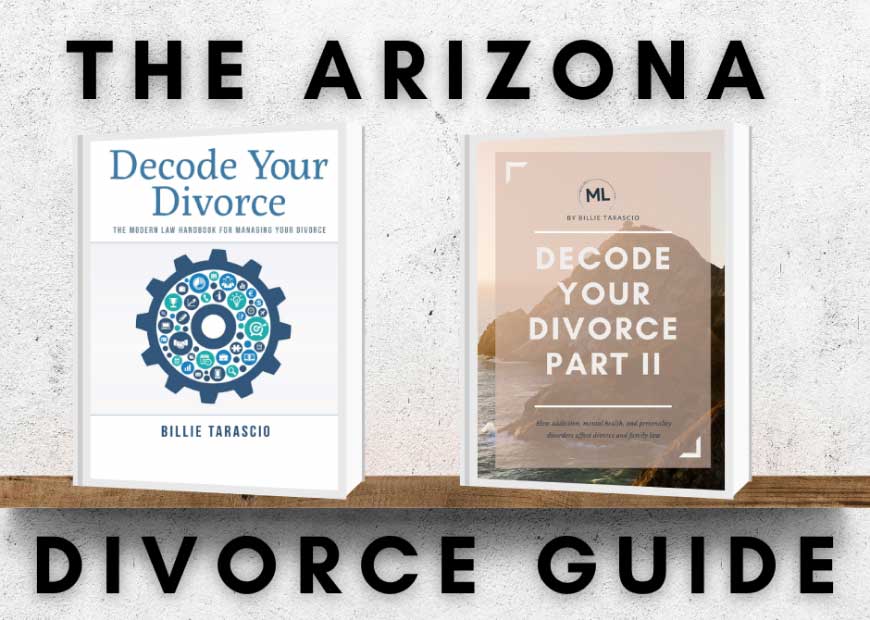Are you thinking about getting a divorce? It’s a big decision, but sometimes, it’s the best thing for you. If there are problems in the marriage that can’t be worked out and remedied, you might be ready to get divorced right now. However, it’s not quite so simple. There are some basic steps for divorce that you will need to follow. Let’s get a closer look.
Knowing You Are Ready
First, you need to be sure that you are ready to get a divorce. This goes beyond just knowing that you no longer want to be married to your spouse. You might know that you are through, but you also need to be sure you are financially ready. Where will you live when you file for divorce? Will you have enough money to support yourself? Make sure you are financially and emotionally ready.
Make sure that you have things in order now, as it will make it easier for you when you file. Of course, if you are in danger in the marriage, you will want to get out of the situation and to a safe location right away. Then you can proceed with the next steps.
Meeting Residency Requirements
One of the important things to remember is that there is a residency requirement in Arizona when you are getting divorced. You need to have lived in the state for at least 90 days before you can file for a divorce here. Only one of the spouses needs to live in the state for 90 days before filing. If your spouse is in another state, don’t worry.
If you don’t want to wait 90 days, you would have to file in a different state where you lived before. Different states have different divorce rules.
If you have children who are minors, you can still file after 90 days. However, the courts will not have jurisdiction over matters with the children until they have been living in the state for at least six months. For this reason, many who are new to AZ and who are going to be divorcing wait to file for divorce.
Filing the Dissolution Petition or Filing a Response
You will then start to file your dissolution paperwork with the court in the county where you live. This will include a Petition and Summons, one of the most basic steps for divorce. It will tell the court and your spouse that you want to get a divorce. The petition will include requests for spousal maintenance, child custody, child support, property division, and, in some cases, attorney’s fees and costs.
The person who is filing for the dissolution of marriage has to serve the petition on the other spouse using a sheriff or process server.
The spouse who is served with the divorce papers is known as the respondent. They have the option of agreeing to the terms in the petition or filing opposing paperwork. Typically, the respondent will have 20 days after being served to file their response. If they live out of state, they will have 30 days.
If one of the spouses does not file a response, the court could enter what’s called a default judgment against the person who did not respond. This means that the case will move forward with the case and will grant the requests on the divorce petition. You will then have to wait 60 days for a cooling-off period before you can get the divorce to move forward. This is to ensure that divorce is what you want to do.
Negotiation
Often, couples will enter negotiations with the hope that they can settle some or all of their differences in the divorce. This might include coming up with a parenting agreement that makes both parties happy, separating property and debt, etc.
When matters are taken care of during negotiation, they will not have to go to trial. Ideally, you can satisfy all matters during the negotiation process, which can take place all the way up to right before you go to litigation. Of course, it’s not always possible to agree on everything.
Temporary Orders
This is one of the basic steps for divorce that doesn’t always occur. It will depend on the nature of the divorce. Sometimes, temporary orders are instituted by the judge when the divorce case involved children or when one of the spouses may require spousal support when they are going through the divorce. In some cases, spouses might come to their own agreements on temporary orders. Other times, they may let the judge decide.
Discovery
Discovery is when evidence is gathered for your case. You can request documents from your spouse and request that they answer written questions pertaining to the case. This part can often be confusing, as not everyone knows how to gather evidence or what they should be collecting. This is one of the reasons that it’s often a good idea to work with an attorney. They can help with the written questions, requests for documentation, and they can hold depositions.
Mediation
Most of the time, judges will want you to go through mediation to try to hash out any issues that remain. Mediation, like earlier negotiations, can help to settle matters so they do not have to go to court.
This type of mediation, though, needs to be done by a neutral third party. They can be an attorney, but they have to be neutral, which means they can’t give you or your spouse legal advice. Many couples try to settle any areas where they still aren’t agreeing during mediation. It’s often better than letting the judge make the final decision.
Trial
If there are issues that still can’t be resolved, the case will move forward to trial. You and your ex will tell your stories through testimony. You will have exhibits and witnesses like in other trials. The judge will then render their decision on the matters at hand and finalize the divorce. Bringing these basic steps for divorce to a near end.
Should You Work with an Attorney?
In some cases, you may be able to act on your own behalf for your entire divorce or parts of your divorce. If you don’t have kids, debt, or a lot of assets to split, it the basic steps for divorce can be relatively easy. This is especially true if it’s an uncontested divorce. However, for more complicated cases, it’s always better to work with an attorney.








